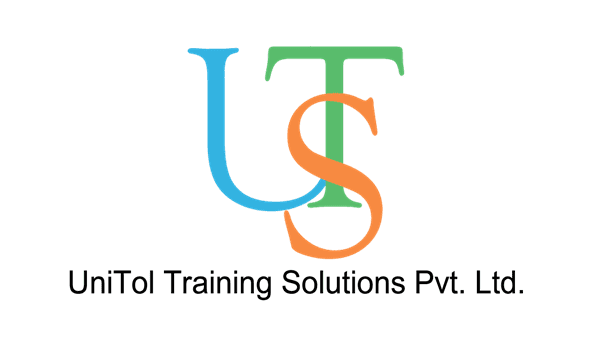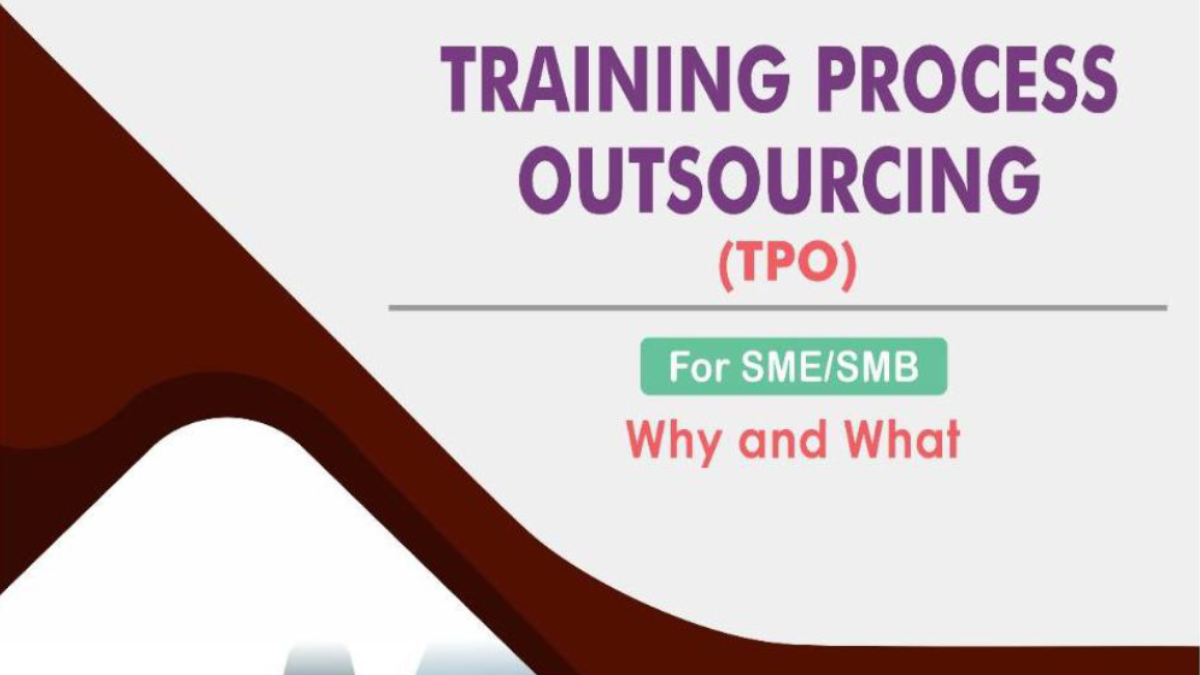SME or Small and Medium Enterprises (also known as SMBs: Small and Medium Businesses) constitute the back bone of most of the economies of the world. If the Micro segment of enterprises is also included, then close to 99% of the organizations in the world fall under the MSME segment.
Fig 1: Enterprises by Size (Source: IFC- The SME Banking Knowledge Guide)
While the extent of contribution of SMEs to the overall GDP varies across countries, it should suffice to say that they play a crucial role, not just in terms of Economic activity but also employment creation.
…they face challenges
SMEs across the world, face a number of challenges, which include
- Access to Capital (project and working capital)
- Access to People (ability to attract and retain the best of the
talent) - Digital & Information Technology Capabilities
- Problems with Supply Chain Management
- While all these pose difficulties for SME to scale and grow, the one problem they have to effectively deal with against their bigger competition is that of Talent.
The Battle for Talent
Considering the increasing cost of quality talent and the inherent proclivity of talent from premium institutes and the like joining larger companies, SME have fewer or little options with regards BUYING of talent. The other option which they have to deploy is to BUILD the talent – that is strategies and tactics which will enable them to upskill the talent within the ranks so as to make them world-class.
The Challenges for the BUILD talent option
Is the Option of Building Talent easy for the SME Organizations? What Challenges do they face in effectively executing these strategies and associated plans? How can cost-effective methods be adopted which will ensure that they are able to derive the required results with the budgets they allocate (for this purpose)?
Resource Sponsored By

Please fill out the form to access the content

